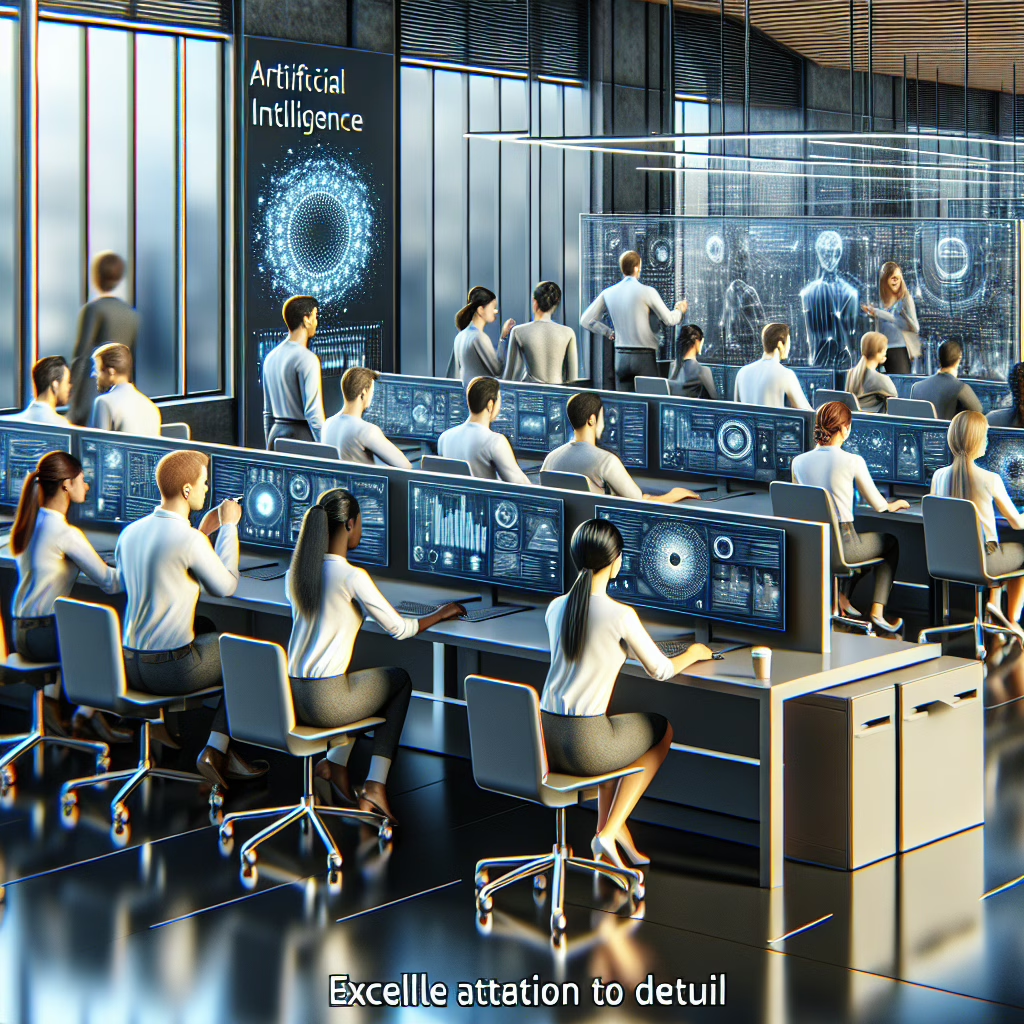In a world where artificial intelligence (AI) seems to be everywhere—like that one friend who shows up uninvited to every party—Microsoft is stepping up its game. The tech giant has officially launched its own in-house AI models, setting the stage for a thrilling showdown in the AI arena. With Microsoft leading the charge, we can expect a revolution in AI technology that will make even the most die-hard fans of OpenAI raise an eyebrow.
Why Go In-House? The Microsoft Strategy
So, why would Microsoft decide to develop its own AI models when it has such a cozy relationship with OpenAI? Well, think of it like deciding to bake your own cookies instead of relying on store-bought ones. Sure, it’s easier to grab a box off the shelf, but nothing beats the smell of fresh cookies baking in your oven—and the satisfaction of knowing you made them yourself!
By creating its own AI models, Microsoft aims to have greater control over its technology stack and potentially save on costs. Not to mention, this move allows them to tailor AI solutions specifically for their products and services. Imagine having a personal assistant that knows exactly how you like your coffee (or at least tries not to burn it). That’s the dream!
The Tech Behind Microsoft’s AI Models
Let’s get into the nitty-gritty: what makes these in-house models tick? Microsoft has invested heavily in machine learning and data processing capabilities. They’re not just throwing spaghetti at the wall to see what sticks; they’re using advanced algorithms and vast datasets to train their models. This involves everything from natural language processing to image recognition—essentially making their AI more versatile than a Swiss Army knife.
The models are designed to integrate seamlessly with Microsoft’s existing platforms, including Azure and Office 365. So whether you’re drafting an email or analyzing big data sets, you’ll have access to cutting-edge AI tools that make your tasks easier. And let’s be honest, who doesn’t want an extra set of hands (or circuits) when tackling a mountain of work?
Benefits of In-House Development: A Microsoft Perspective
One of the main advantages of Microsoft developing its own AI models is the reduced reliance on third-party technologies. This independence no longer means juggling multiple vendor relationships. Now, more streamlined processes can reduce operational overhead significantly. Below are some additional benefits that come with this strategic move:
- Custom Solutions: Tailoring AI that meets specific business needs enhances functionality, thereby increasing productivity.
- Faster Deployment: With everything under one roof, Microsoft can deploy updates and new features more rapidly.
- Data Security: By controlling their own models, Microsoft can enhance data privacy and security compliance.
The Future Looks Bright for Microsoft and AI
Now that Microsoft has entered the ring with its own models, we can expect a ripple effect across the tech landscape. Competition is healthy—it pushes companies like OpenAI to innovate further. It’s like watching two chefs compete on a cooking show; each one tries to outdo the other, resulting in some truly spectacular dishes (or in this case, groundbreaking technology).
This development could lead to faster advancements in AI technology, benefiting everyone from businesses looking for efficiency gains to individuals just trying to find their lost phone (again). Plus, with Microsoft at the helm, there’s potential for democratizing access to AI tools that were once reserved for tech giants.
The Impact on Users and Developers
For developers, this means more robust APIs and SDKs that take advantage of Microsoft’s in-house capabilities. Imagine being able to build applications that utilize top-tier AI without having to jump through hoops or navigate complex licensing agreements with third-party providers like OpenAI. Developers can focus on what they do best—creating amazing applications that make our lives easier.
For users, this means enhanced experiences across all Microsoft products. Whether it’s smarter recommendations in your favorite apps or improved customer support powered by intelligent chatbots, we’re all set for a better digital experience. Just think about how much time you’ll save with an assistant that actually understands what you mean when you say “I need this done yesterday!”
Conclusion: Embrace the Future of AI
As we wave goodbye to 2025 and look towards a future brimming with possibilities, Microsoft’s launch of in-house AI models signifies an exciting chapter in technology. With this move, they’re not just keeping pace with competitors; they’re setting themselves up as leaders in innovation.
This is not merely about competition; it’s about collaboration within the industry and pushing boundaries further than ever before. So buckle up! We’re all along for the ride as Microsoft takes us into uncharted territories of artificial intelligence.
What are your thoughts on Microsoft’s new strategy? Do you think this will shift the balance in the AI landscape? Join the conversation below!
For further reading, check out our articles on high-severity vulnerability in Passwordstate and the Battlefield 6 Labs Testing Program.

